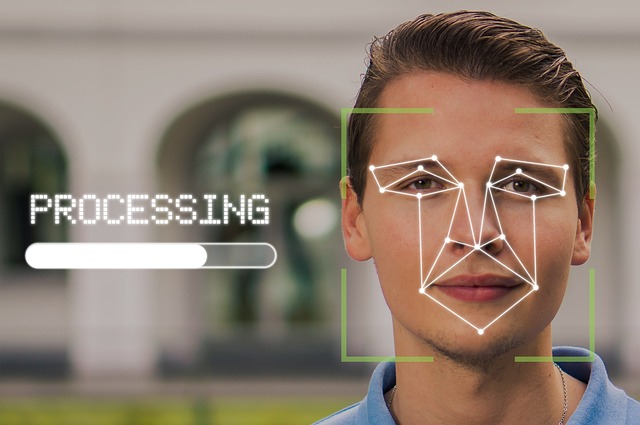
Enhancing Network Security: The Power of Two-Factor Authentication in IT
Enhancing Network Security: The Power of Two-Factor Authentication in IT
In an age where digital threats are more sophisticated than ever, securing our informational technology infrastructures is paramount. As IT professionals, we often find ourselves grappling with the pervasive fear of breaches and unauthorized access. This concern underscores the importance of implementing robust security measures, one of which is two-factor authentication (2FA).
The Rising Threat Landscape
The digital realm is fraught with cybercriminals who are continually devising new strategies to exploit weaknesses in network security. A single compromised password can lead to devastating outcomes for organizations, ranging from financial loss to reputational damage. The urgency to bolster our defenses has never been more apparent, making the adoption of two-factor authentication an essential component of network security.
What is Two-Factor Authentication?
At its core, two-factor authentication is a security measure that requires not just a password, but also a second form of verification to access accounts or systems. This could be a temporary code sent to a mobile device, a fingerprint scan, or even a hardware token. By demanding two forms of proof, 2FA substantially lowers the risk of unauthorized access, ensuring that even if a password is compromised, the system remains protected.
Why Two-Factor Authentication Matters
Implementing two-factor authentication is more than a trend; it is a critical evolution in the way organizations approach security. Here are several reasons why it stands out:
- Increased Security: With two layers of protection, even if a password is stolen, the chances of a breach are significantly diminished.
- User Verification: 2FA increases confidence in user identity, which is crucial for IT departments when managing access to sensitive data.
- Compliance: Many regulatory frameworks now encourage or mandate the use of two-factor authentication as part of a comprehensive security strategy.
- Peace of Mind: Knowing that an extra layer of security is in place offers both IT professionals and end-users peace of mind in their daily interactions within the network.
Implementing Two-Factor Authentication in Your Organization
For IT teams looking to enhance their security protocols, the implementation of two-factor authentication can be a straightforward process:
- Assess the current security framework and identify systems that would benefit from 2FA.
- Choose the right type of two-factor authentication that aligns with the organization’s needs, whether it be SMS-based codes, authentication apps, or biometric solutions.
- Educate users about the importance of 2FA and how to use it effectively, ensuring a smooth transition.
- Monitor and regularly review the effectiveness of the chosen 2FA solution, adapting as needed to new threats.
As our reliance on technology continues to grow, enhancing network security through measures like two-factor authentication has become imperative. By investing in stronger security practices, we not only protect sensitive information but also cultivate a culture of safety within our organizations.

